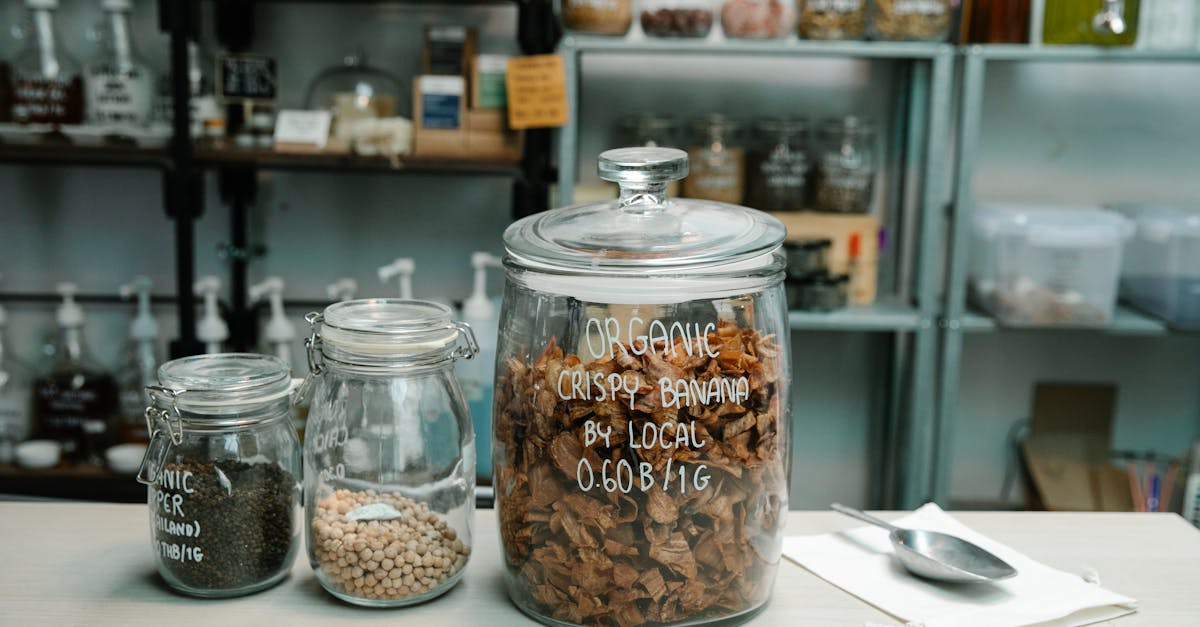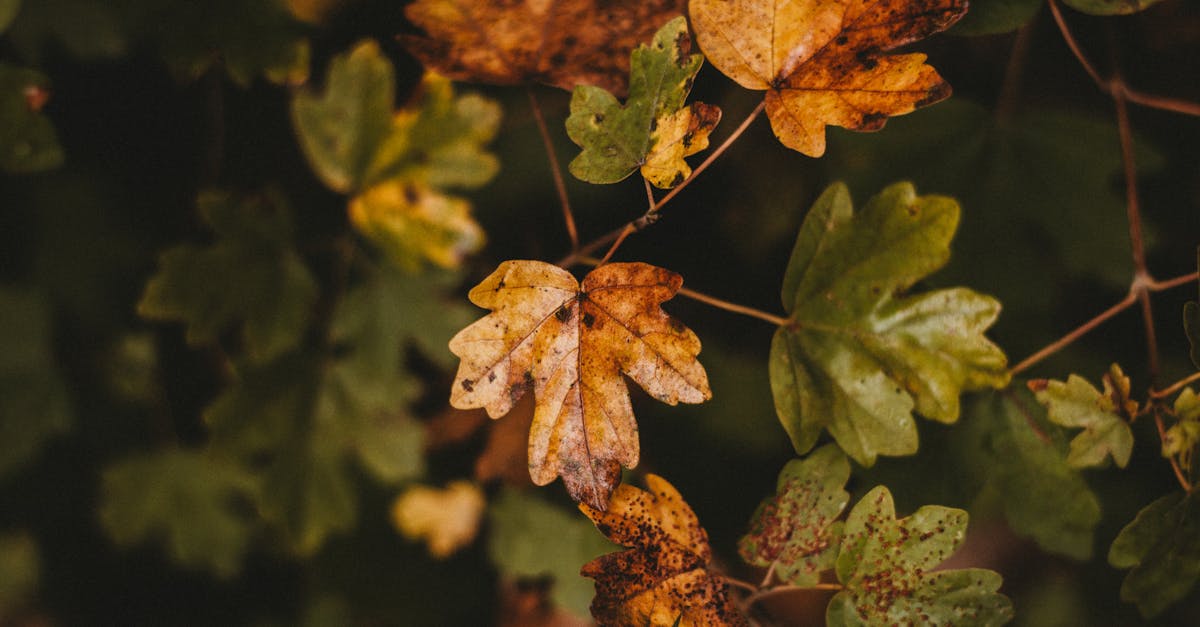If you’ve noticed your gardenia’s leaves turning yellow, it can be a cause for concern.
We understand the frustration that comes with seeing your beloved plants struggle.
In this text, we’ll study into the common reasons why your gardenia might be changing color and provide expert tips on how to address this issue effectively.
From nutrient deficiencies to improper watering techniques, we’ve got you covered.
Let’s examine the mystery behind why your gardenia is turning yellow and help you restore its vibrant green hue.
Stay tuned for valuable insights and practical solutions to revive your gardenia’s health.
Key Takeaways
- Lack of sunlight can cause gardenia leaves to turn yellow, ensure they receive at least six hours of direct sunlight daily.
- Poor drainage can lead to root rot and stress on the plant, consider repotting with proper drainage and soil mixtures.
- Inconsistent watering can stress the plant, maintain slightly moist soil to keep gardenias healthy.
- Nutrient deficiencies like iron and magnesium can cause yellowing leaves, use fertilizers for acid-loving plants and consider a soil test for accurate diagnosis.
- Watch out for pests like aphids and diseases like root rot, as they can contribute to gardenia leaf discoloration.

Lack of sunlight
When our gardenias don’t get enough sunlight, they can start turning yellow. These plants thrive in full sunlight. If they’re kept in areas with low light, it can impact their growth and lead to yellow leaves.
To understand how much sunlight your gardenias need, it’s important to check the specific requirements of your plant variety. Some gardenias need more sun than others. Lack of sunlight can also weaken the plant, making it more susceptible to pests and diseases.
To ensure your gardenia gets enough sunlight, consider placing it in a spot where it can receive at least six hours of direct sunlight each day. If indoor, make sure it’s close to a bright window.
For more information on the sunlight requirements of gardenias, you can visit Gardening Know How or The Old Farmer’s Almanac.
Poor drainage
Sometimes, the problem isn’t just about sunlight. Poor drainage is another culprit behind yellowing gardenia leaves. When water doesn’t drain properly, it can lead to root rot, suffocating the roots and causing stress to the plant.
To improve drainage, consider repotting your gardenia in a container with drainage holes. Proper soil mixtures can also help. Mixing in perlite or sand can aid in water drainage, keeping your gardenia’s roots happy.
After all, overwatering can exacerbate poor drainage issues. So, ensure you’re watering your gardenia correctly, allowing the soil to dry out slightly between waterings.
For more tips on improving drainage for your gardenia, check out resources like Gardening Know How and The Old Farmer’s Almanac.

Inconsistent watering
When it comes to gardenias turning yellow, Inconsistent watering plays a critical role. Overwatering can lead to root rot, while underwatering causes stress to the plant. It’s important to find the right balance.
We recommend keeping the soil slightly moist but not waterlogged. Test the soil with your finger – if it feels dry, it’s time to water. Consistent watering is key to maintaining healthy gardenias.
For more tips on proper watering techniques, you can visit Gardening Know How and The Old Farmer’s Almanac.
Nutrient deficiencies
When gardenias exhibit yellow leaves, nutrient deficiencies could be the culprit. Iron deficiency often leads to yellowing, especially in younger leaves. Magnesium deficiency can also cause yellow leaves with green veins.
To remedy this issue, consider using a fertilizer specifically formulated for acid-loving plants like gardenias. Such fertilizers are rich in iron and other important nutrients that can help restore your plant’s health.
If you’re unsure about the specific nutrient lacking in your soil, it might be helpful to get a soil test. This test can pinpoint deficiencies and guide you on the appropriate fertilizer to use.
For more information on Nutrient deficiencies in plants, check out Gardening Know How’s article on Identifying Nutrient Deficiencies in Plants.

Pests and diseases
When gardenias start turning yellow, Pests and diseases could be sneaking in. Here’s what to watch out for:
- Aphids: Small insects that suck sap from leaves, causing yellowing.
- Whiteflies: These tiny, white insects can swarm gardenias and lead to yellow leaves.
- Root rot: Overwatering can cause roots to rot, impacting nutrient absorption and leaf color.
- Leaf spot: Fungal disease that causes yellow spots on leaves.
For more information on managing gardenia pests and diseases, check out this resource from University of California.
